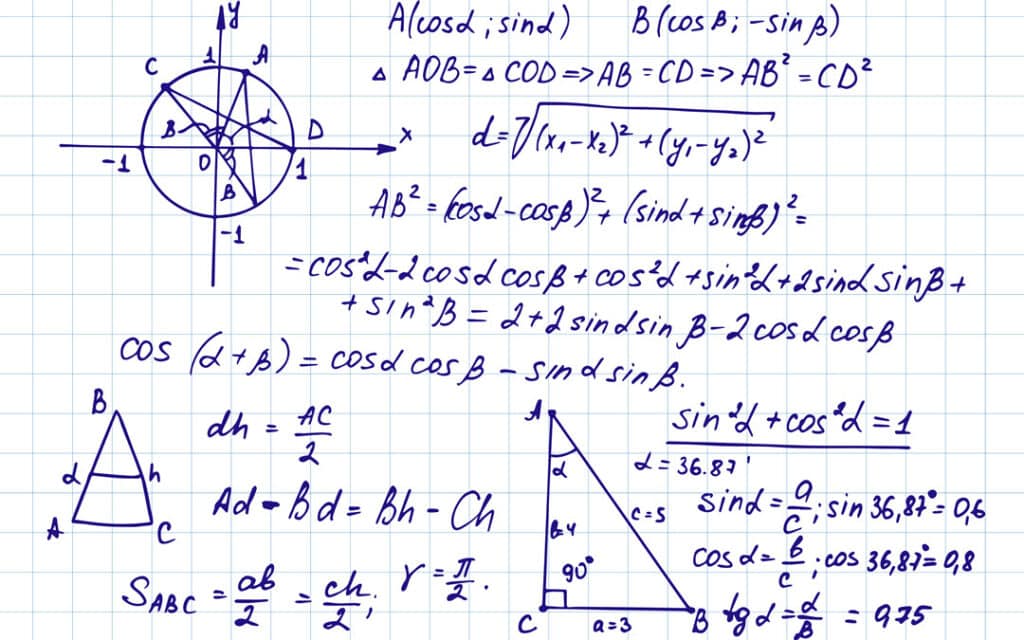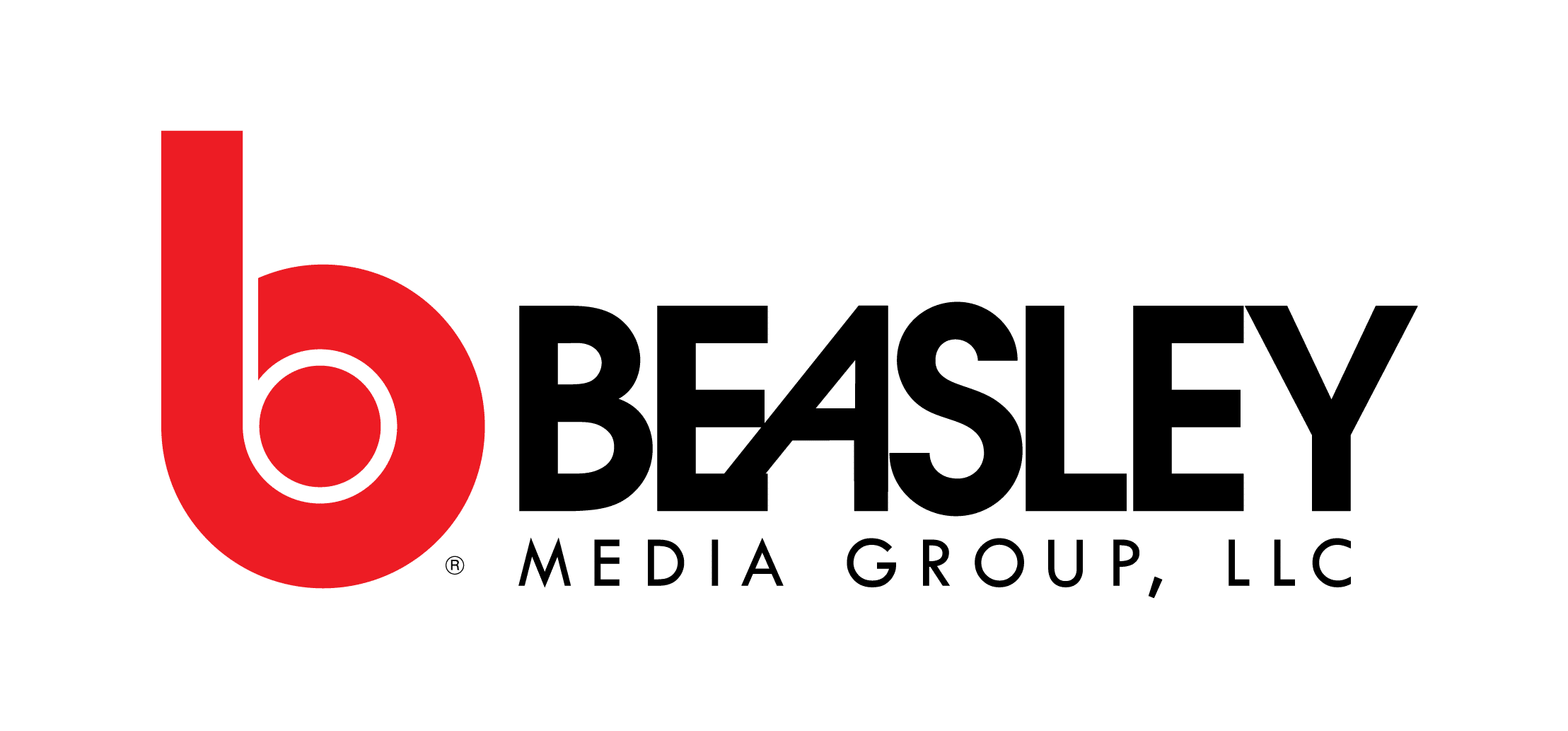(By Bob McCurdy) The “McNamara fallacy” is a concept that those responsible for allocating ad budgets should keep in mind as they go about the media selection process.
The “fallacy” is named after Robert McNamara, who graduated with an MBA from Harvard, became the first president of the Ford Motor Company from outside the Ford family, and eventually became the U.S. Secretary of Defense for the Kennedy administration during the Vietnam War. McNamara’s great strength, weakness, and ultimate undoing was that he believed that everything could be reduced to numbers and be measured.
While Secretary of Defense, his idea of “winning” during the Viet Nam War boiled down to body counts. Whomever killed the most, was winning and would ultimately win. Keeping track of this figure was relatively easy, so McNamara designated it as the key metric of “success.” This, as we now know, was a flawed viewpoint that ignored the incredible complexities involved in an armed conflict.
My intention is to not compare the complexities of war to the complexities of marketing, but rather to suggest that an over-reliance on media that are “easy to measure” could result in under-performing media campaigns. When one primarily activates media channels that can be easily measured, which tend to be digital, and largely disregard those which can’t be easily measured, revenue will likely be left on the table.
Here’s how sociologist Daniel Yankelovitch, who first coined the “McNamara fallacy” term in 1972, described it:
1. Measuring whatever can be easily measured (Digital).
2. Disregarding that which cannot be measured easily (Often traditional media).
3. Presuming that which cannot be measured easily is not important (Often traditional media).
4. Presuming that which cannot be measured easily does not exist (Sometimes traditional media).
Unquestionably, there is considerable merit to the mining, interpretation, and processing of any marketing metric, be it digital or otherwise. Measurement in business is obviously crucial. But there is considerable risk when putting too much focus and too many resources against easy-to-measure media channels. Refer back to #3 above.
Facebook’s VP of measurement and Insights, Brad Smallwood, wrote in the June 2016 issue of the Journal of Advertising Research, “Marketers have focused on measuring what they could. Sometimes that measurement has come in lieu or at the expense of what should have been measured. The lure of the measurable and traceable ‘shiny’ metrics — such as social media users’ ‘likes,’ ‘shares,’ message posts, and ‘clicks’ — has led marketers to endless, often beautifully crafted, intricate reports on the irrelevant. We continue to tell you how many ‘clicks’ your video has generated, even though we have proven that clicks bear no correlation to sales.”
Since 2012, marketing effectiveness has declined significantly. This has been demonstrated by detailed analysis of over 500 effectiveness papers by Peter Field and Les Binet of the Institute of Practitioners in Advertising. The IPA is widely recognized as the world’s most influential professional body for practitioners in advertising and marketing communications.
Last October, Bob Liodice, the CEO of the Association of National Advertisers, said, “Look at the pattern of U.S. business sales that declined for the last two calendar years. This is a terrible proxy about the effectiveness of our marketing.”
Also in 2017, P&G’s Chief Brand Officer, Marc Pritchard, said, “We are not growing sufficiently. Despite an astounding $200-plus billion in advertising and $1 trillion in total marketing spending, the growth rate of our collective industries is an anemic 2 percent.”
Note that since 2012 and when the other two comments above were uttered, the trend has not been to spend more in traditional media. On the contrary.
The radio industry has made great strides in its ability to quantify performance the past several years and will continue to narrow the measurement gap that currently exists between digital and traditional media. But until that gap is completely eliminated, those who are overly reliant upon easy-to-aggregate metrics and analytics to allocate their advertising dollars, do so at their own risk.
As I’ve continually suggested, the most effective media campaigns are balanced media campaigns, utilizing both digital and traditional media channels. The top two suggested action steps from the 2016 Advertising Research Foundation, How Advertising Works Todaystudy, supports this notion, concluding:
1. Invest in multiple platforms rather than shifting advertising dollars from platform to platform.
2. Spend smart by adding back traditional media to your digital investment to maximize ROI.
As Albert Einstein once said, “Not everything that can be counted counts, and not everything that counts can be counted.”
Don’t fall prey to the McNamara fallacy in 2018 by becoming what to some is increasingly untraditional behavior by continuing to utilize traditional media to drive maximum ad campaign success.
Bob McCurdy is The Vice President of Sales for The Beasley Media Group and can be reached at bob.mccurdy@bbgi.com
This blog was previously featured in Radio Ink.


